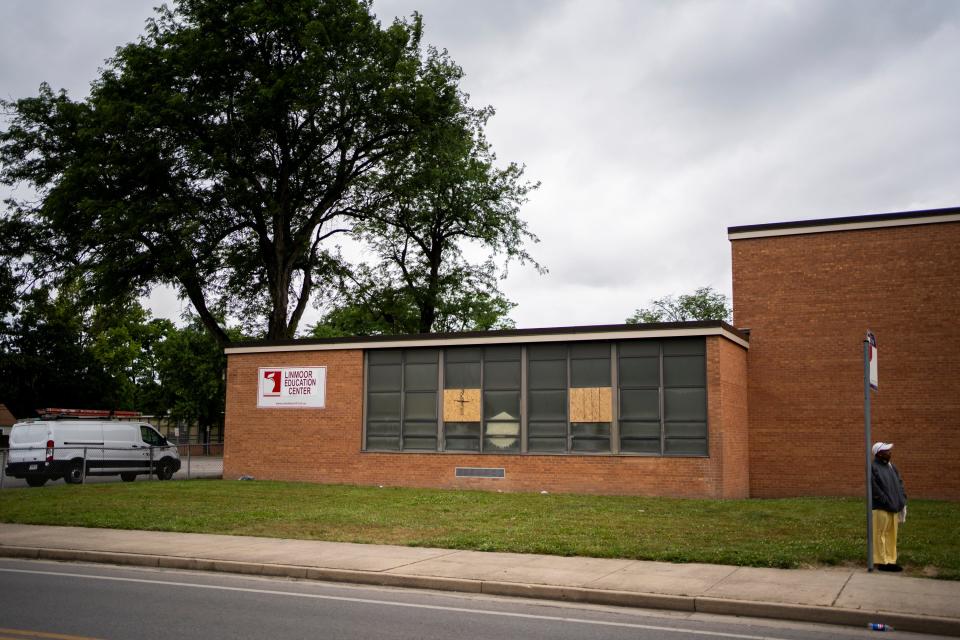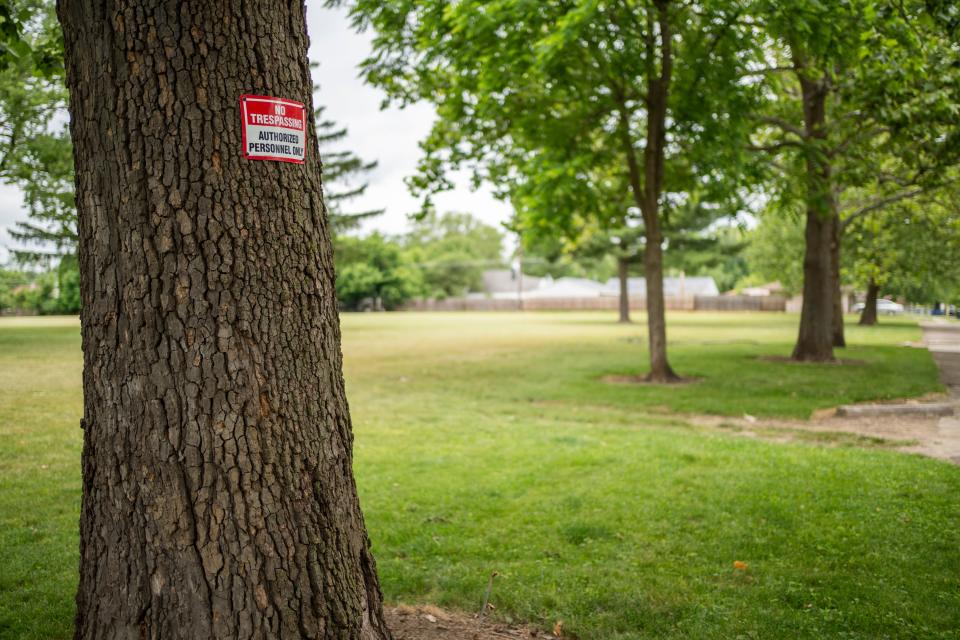As Columbus Schools looks at closing schools, it already maintains 12 closed properties
While the Columbus City school board deliberates whether to close up to 20 schools, the district already has a portfolio of a dozen properties it doesn't directly use, costing nearly $400,000 annually to maintain.
Last month, the Superintendent's Community Facilities Task Force presented a plan that included the possibility of closing up to 20 of Columbus's more than 110 school buildings under nine different recommended scenarios.
More: Columbus City Schools could close up to 20 schools. Here's what to know about each of them
Although there are nine proposals, some are alternates of each other and the Board of Education may or may not approve any or all of them. Over a number of meetings earlier this year, the task force considered factors such as building utilization, or how full a building is; transportation data; and whether a building has been aging without substantial renovation, The Dispatch previously reported.
The district already maintains 12 properties currently unused for educational purposes by the district, according to public records. The properties are found all across the city, and range from vacant schools to annexes and vacant lots. Seven properties are vacant, one property is an empty lot and four are rented or partially rented to tenants.

Here's what to know about the properties the district already has that it doesn't use for school purposes:
Already unused properties cost district nearly $400,000 a year, but some cost recovered in rent
The district spends $396,737 annually on properties declared vacant throughout the district, according to public records, which reflects less than a percent of the district's more than $60 million annual capital improvement budget. The properties were declared vacant from 1979 to as recently as 2018.
The costs vary by property. The empty lot that was formerly Pinecrest Elementary School on Astor Avenue on the East Side costs about $3,500 to maintain annually, with all costs in labor. The Linmoor Education Center, on the other hand, is located on the Hamilton Elementary School parcel and costs the district $118,812 a year to maintain, including over $40,000 in electric bills.
However, the district offsets some of that cost with $134,000 in rent accrued from tenants in four properties, according to public records. Tenants include the Columbus Metropolitan Library (with one partial lease at former Beery Middle School ending in June), local non-profit Junior Achievement and the Educational Service Center of Central Ohio.
Columbus Education Association President John Coneglio said he thinks there can be a public use for vacant buildings, including adult education, day care and job training. Before the district sells the property, he said the district should engage with the community and see what it needs.
"When you leave a neighborhood, you're pretty much divesting in a neighborhood, right?" Coneglio said. "So, you know, how do you go back and reinvest in those neighborhoods so that those buildings are a benefit to the community around them?"
State law gives charter schools first dibs when old schools go for sale
Under state law, when a district declares a property "surplus," or property a government body does not need, it must first solicit bids from high-performing community or charter schools if it has been unused for over a year. Declaring a property surplus is different than maintaining a vacant property. If the district receives a bid, it must sell to the charter school at market rate. If more than one applies, it goes to an auction.

If no "high-performing" charter schools solicit bids, all other charter, STEM or college preparatory schools will be permitted to bid on surplus schools. Only then, if there are no takers, does the property go to the public for sale.
Columbus City Schools currently has no surplus properties, according to public records. The board does have the option to lease property, according to board policies.
Columbus City Schools did not respond to a majority of The Dispatch's questions, but a district spokesperson said in a statement that the board "would first need to determine if there will be a future use of properties." The district also noted that "nothing has been decided" as to whether any buildings will close as the board continues deliberations on closings.
"Once determined, the Board of Education will comply with Ohio law regarding those available options," the statement read.
State Sen. Andrew Brenner, R-Delaware, said he often hears feedback from charter school operators that public schools deliberately keep closed schools empty or tear them down and sell the lot. As a result, Brenner said, many charter schools are forced into strip malls or old office space.
“Why haven't you made those schools potentially available to community schools for utilization?” Brenner said. “I hear that constantly to the point where we’ve had to make minor adjustments to the law.”
Cbehrens@dispatch.com
@Colebehr_report
This article originally appeared on The Columbus Dispatch: Columbus Schools already has 12 closed properties in portfolio

